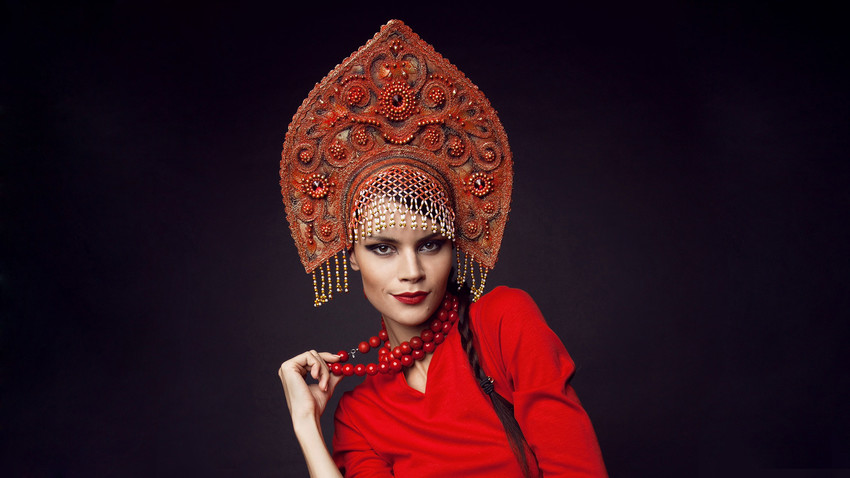
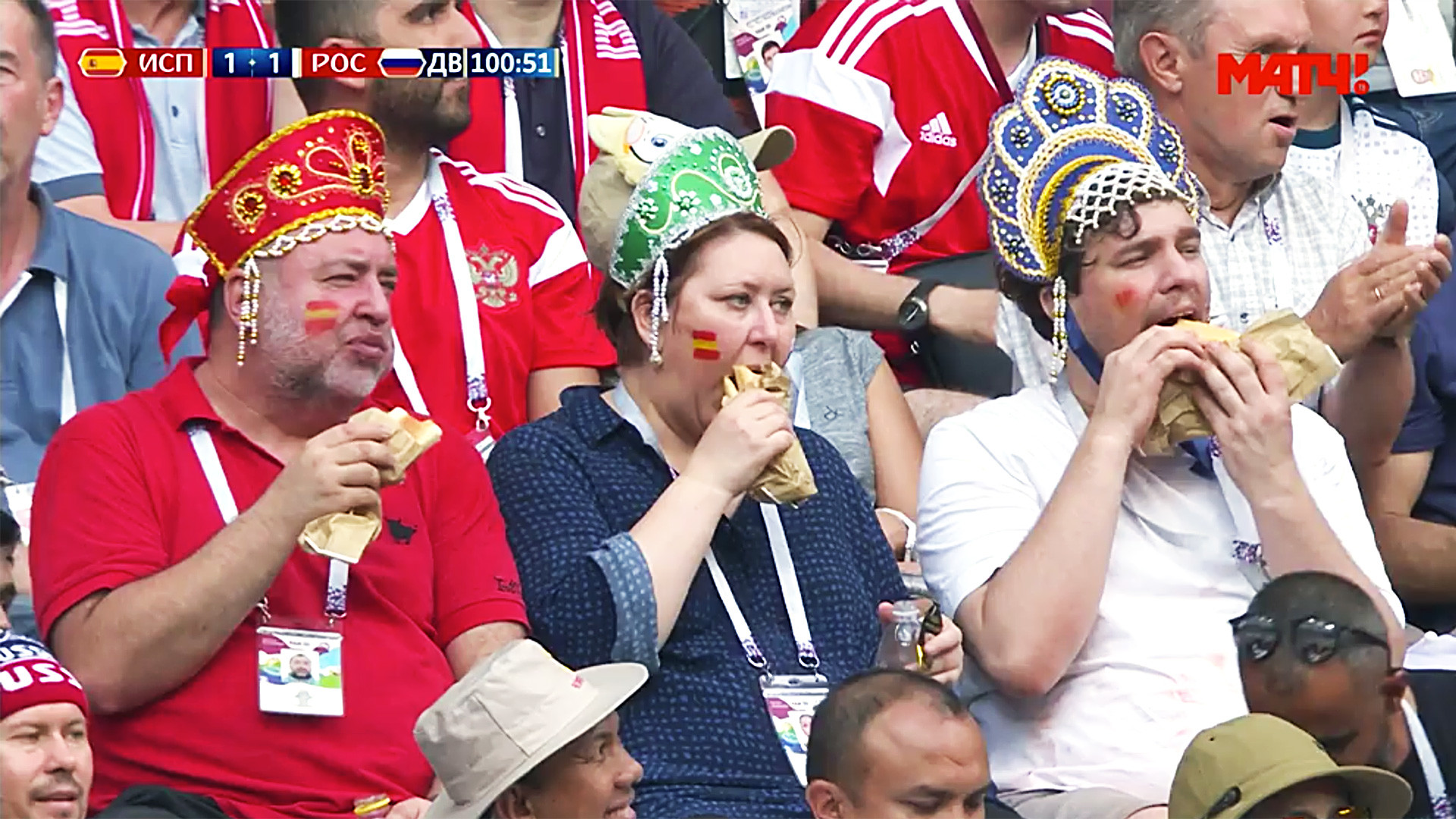
We all saw the now meme-
Have you seen a photo of Kate Middleton at the baptism of newborn Louis? Her headpiece can also be described as a crown.
Anyway, the crucial difference is that a kokoshnik has a high crest like a rooster's tail (in Old Russia, chickens were called “
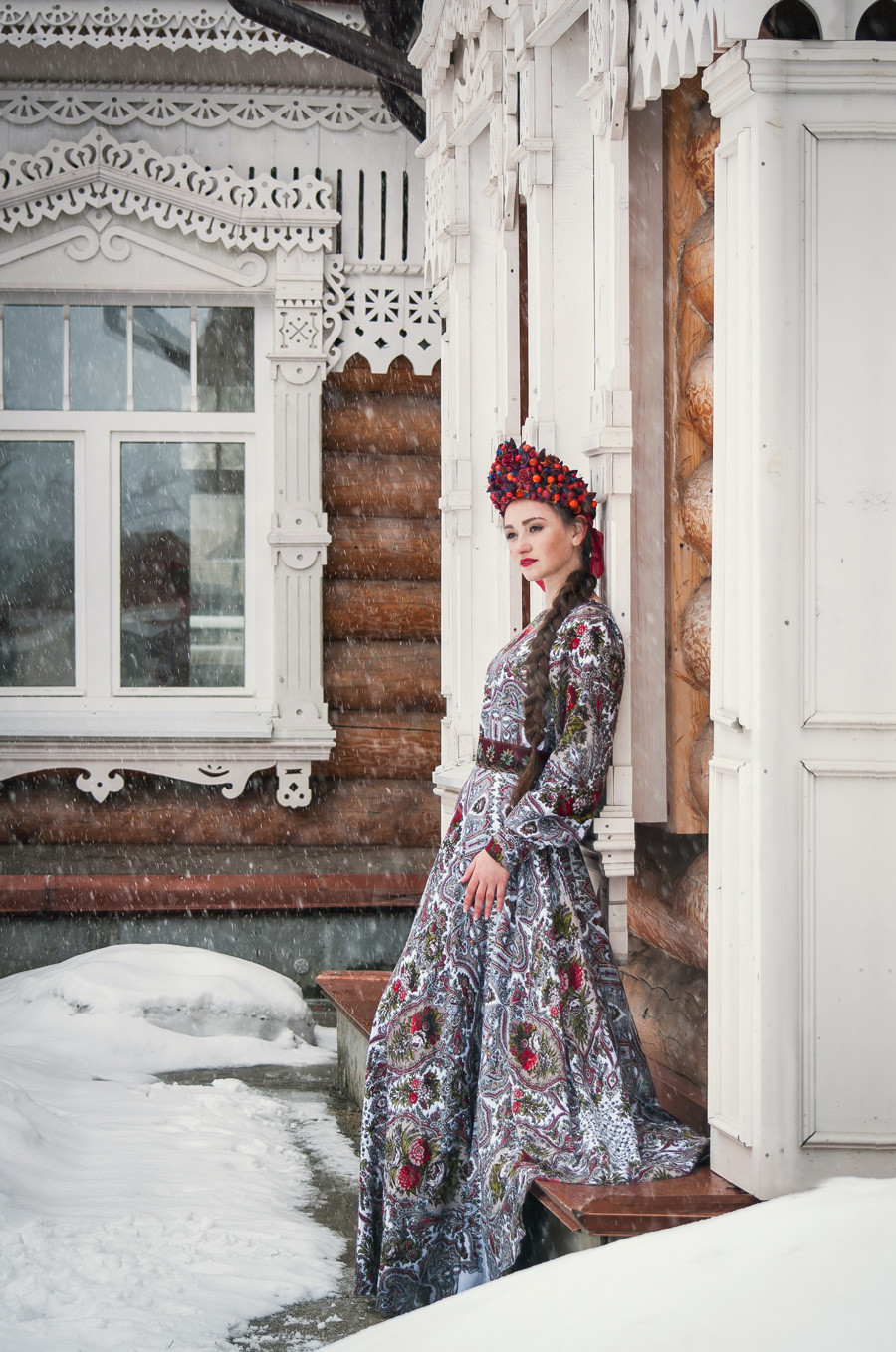
It was generally possible to determine a woman’s status by her hair and headdress. A long braid meant that a girl was marriageable. If nature had not been kind, girls would weave horse hair in
Married women, meanwhile, used to plait their hair into two braids and tie them around their head.
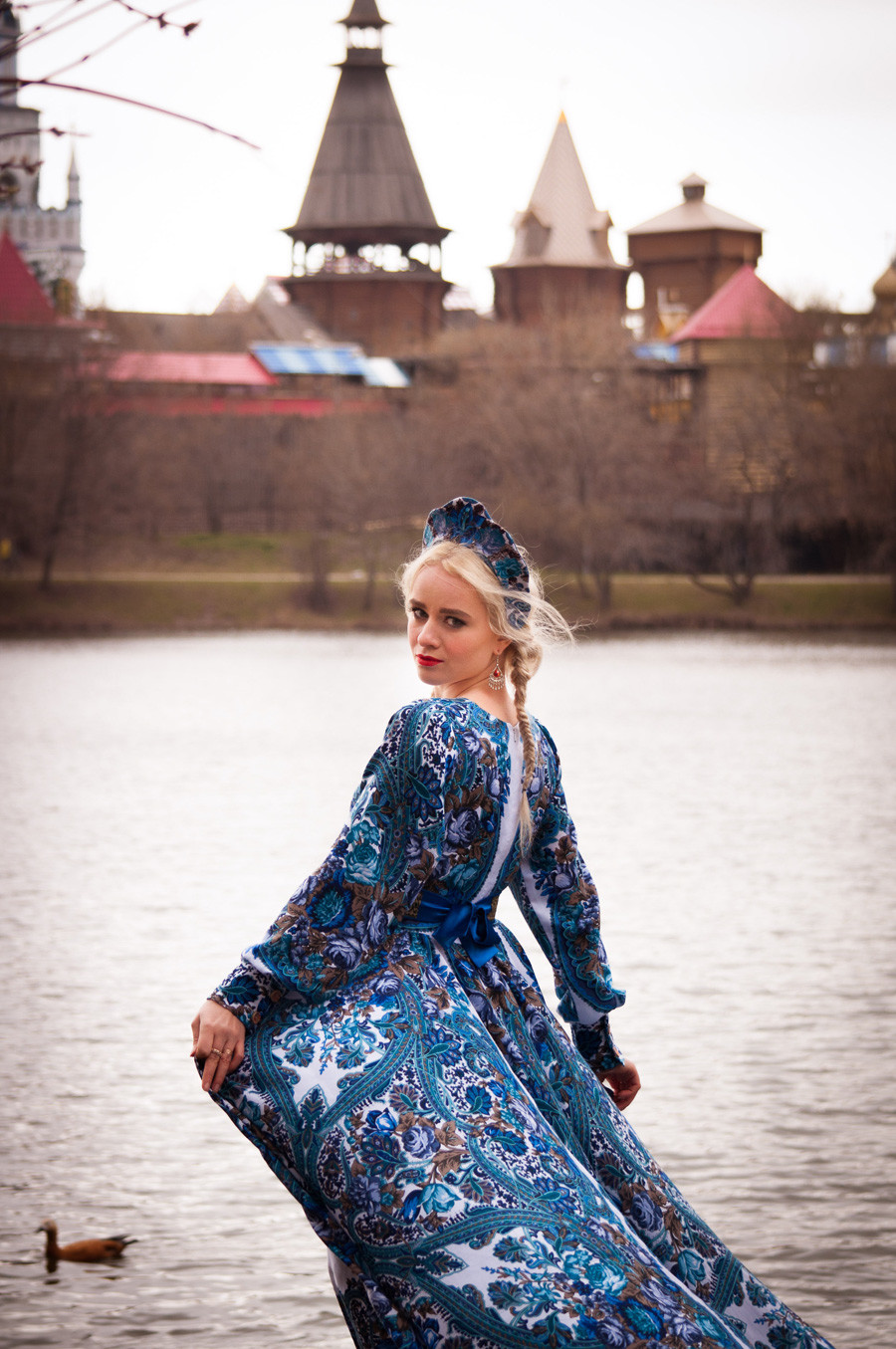
Kokoshniks were often lined with expensive cloth, pearls, and beads, making them very expensive. They were carefully looked after and only worn a few times a year on major occasions.
In everyday life, women wore
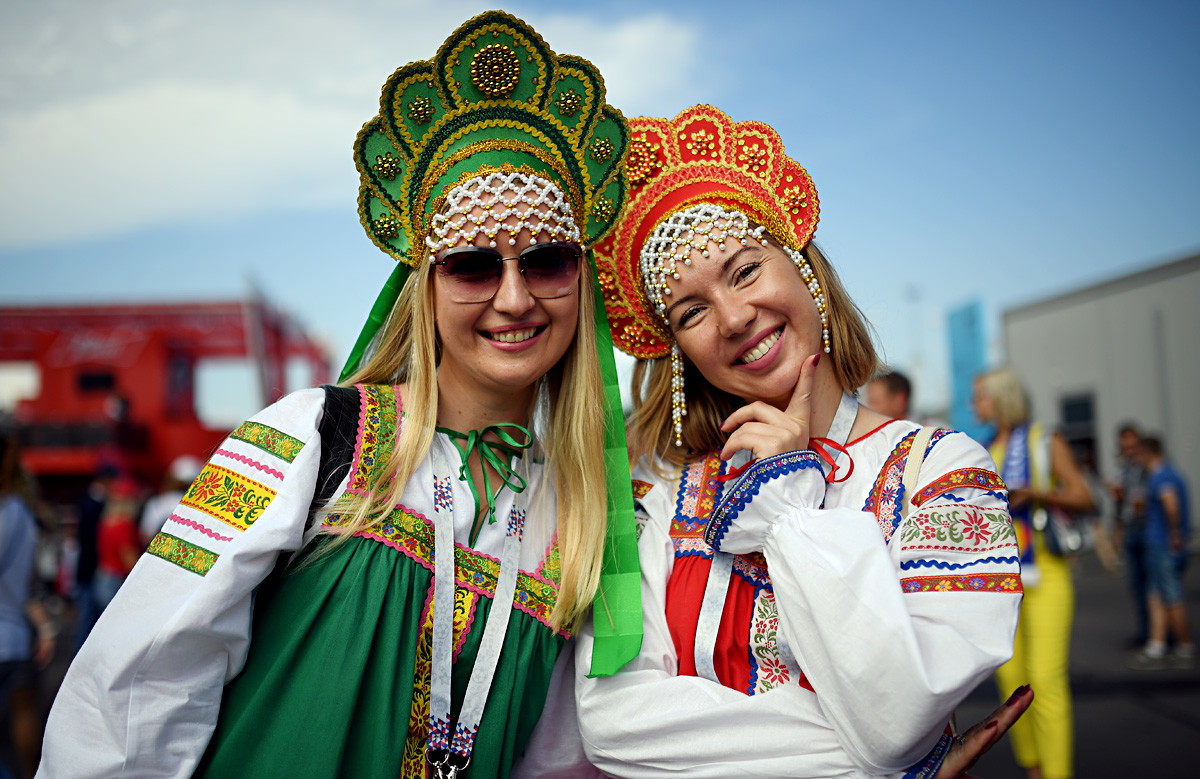
The most famous is the pointed or “one-horned” kokoshnik, with a prominent high crest in the form of a triangle or crescent. There were also cylindrical kokoshniki with a flat round base, plus saddle-shaped ones similar to helmets. Almost every region in Russia had its own local flavors of kokoshnik.
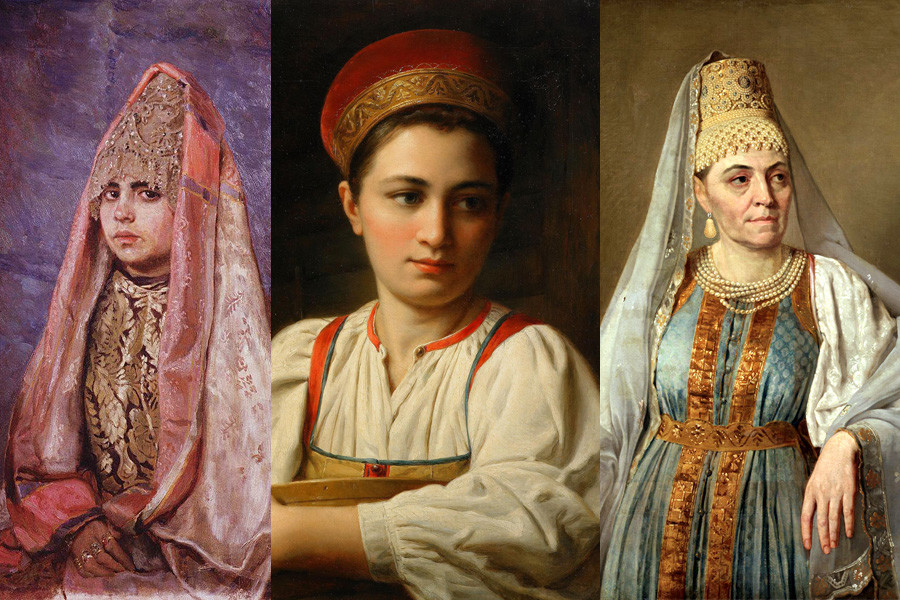
Peter the Great suppressed the boyars, members of Russia’s old aristocracy, forbade court ladies from wearing
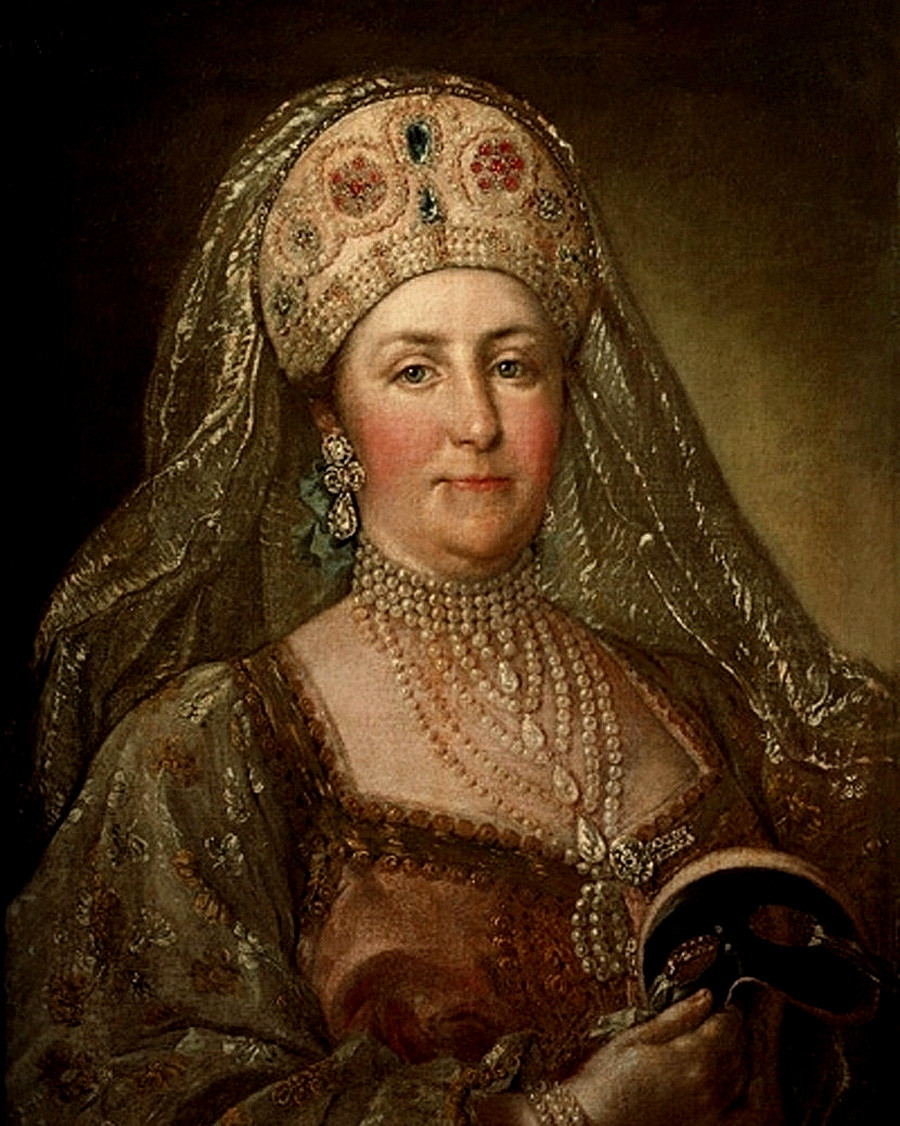
Stephan Torelli. 'Portrait of Catherine II of Russia wearing an old Russian dress'
State Historical MuseumDuring the war with Napoleon in 1812, the once Francophile Russian high society returned to its roots, and throughout the
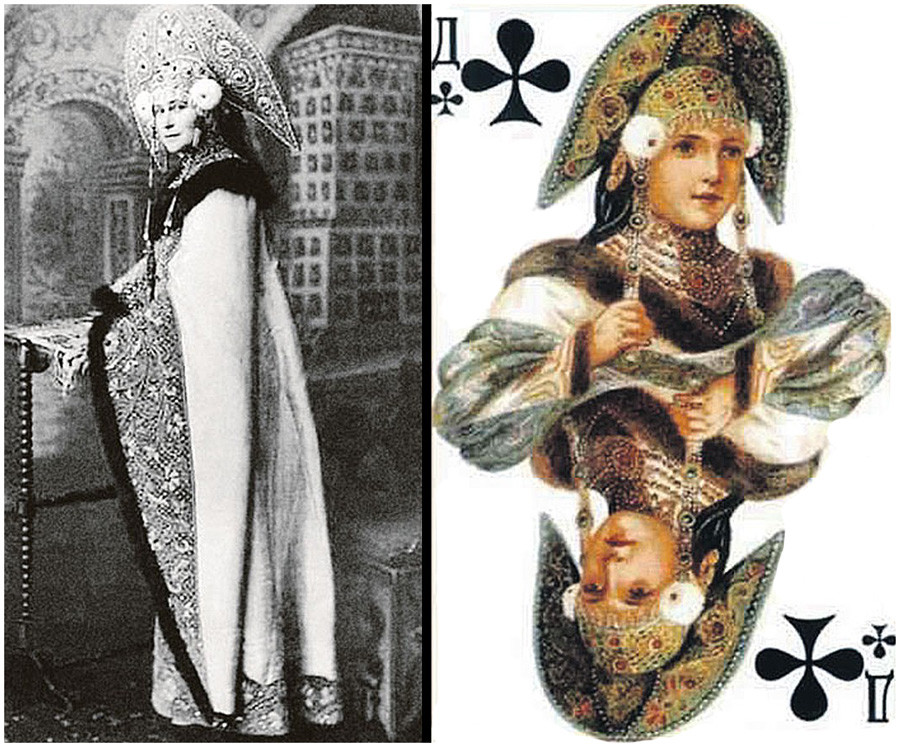
The queen of clubs was largely borrowed from the dress of Grand Duchess Elizaveta Fedorovna
Archive image/CGACPPDIn 1903, Nicholas II held a famous costume ball, celebrating the 290th anniversary of the House of Romanov. Members of the beau monde were fabulously attired in national Russian dress from the pre-Europeanization era, all richly decorated with jewels and expensive fabrics. Ladies wore sarafans and kokoshniks.
Numerous photographs were taken at the ball, and images of the magnificent costumes appeared on the back of Russky
Incidentally, the Gold Travel Costume of Queen Amidala in Star Wars was also inspired by this imperial ball.
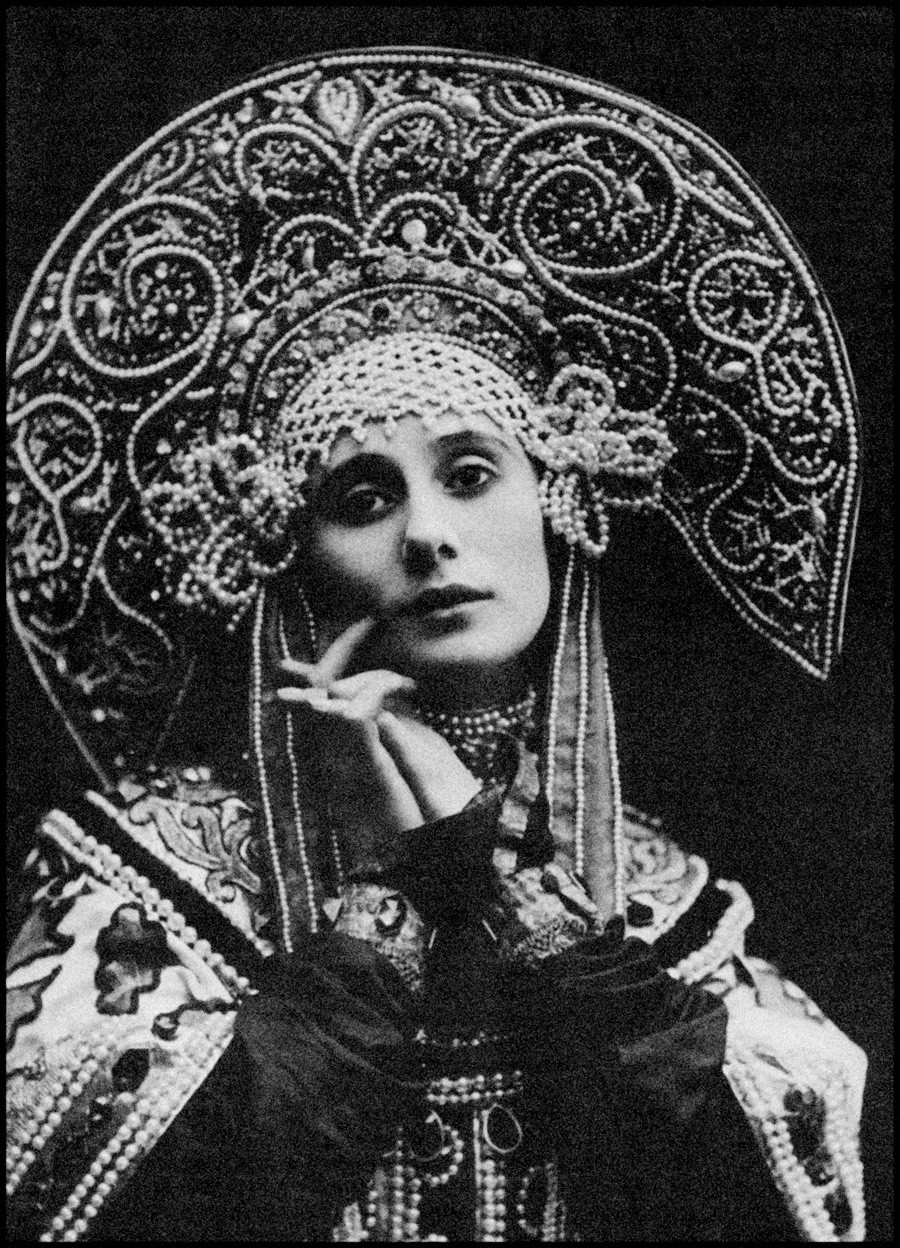
Anna Pavlova
Getty ImagesWith a helping hand from Russian émigrés and dancers, European brides were soon donning kokoshniks: Mary of Teck, the wife of Britain's George V, wore one at her wedding. Ballerina Anna Pavlova danced in Diaghilev's “Russian Seasons” in a kokoshnik, and opera singers, actresses, and women of fashion are immortalized in photo chronicles of those years also sporting the iconic headdress.

Chanel Paris-Moscou Pre-Fall
Getty ImagesIn 2011, Courtney Love performed in a kokoshnik at the Picnic Afisha music festival, and J.Lo appeared in a modern version of the traditional headpiece for the Russian version of Harper's Bazaar in 2014
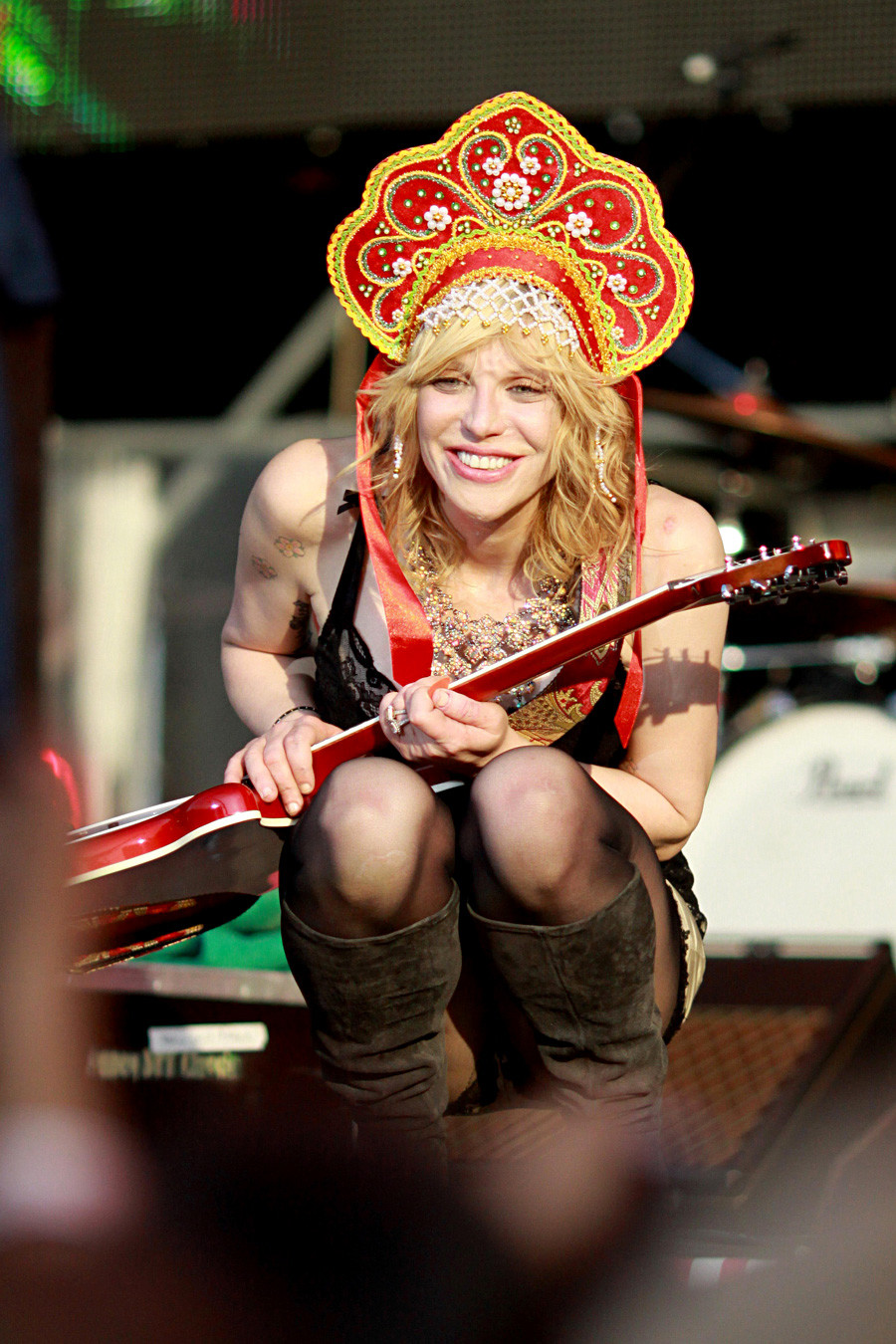
Courtney Love performing at Afisha Picnic music festival in Moscow
Legion Media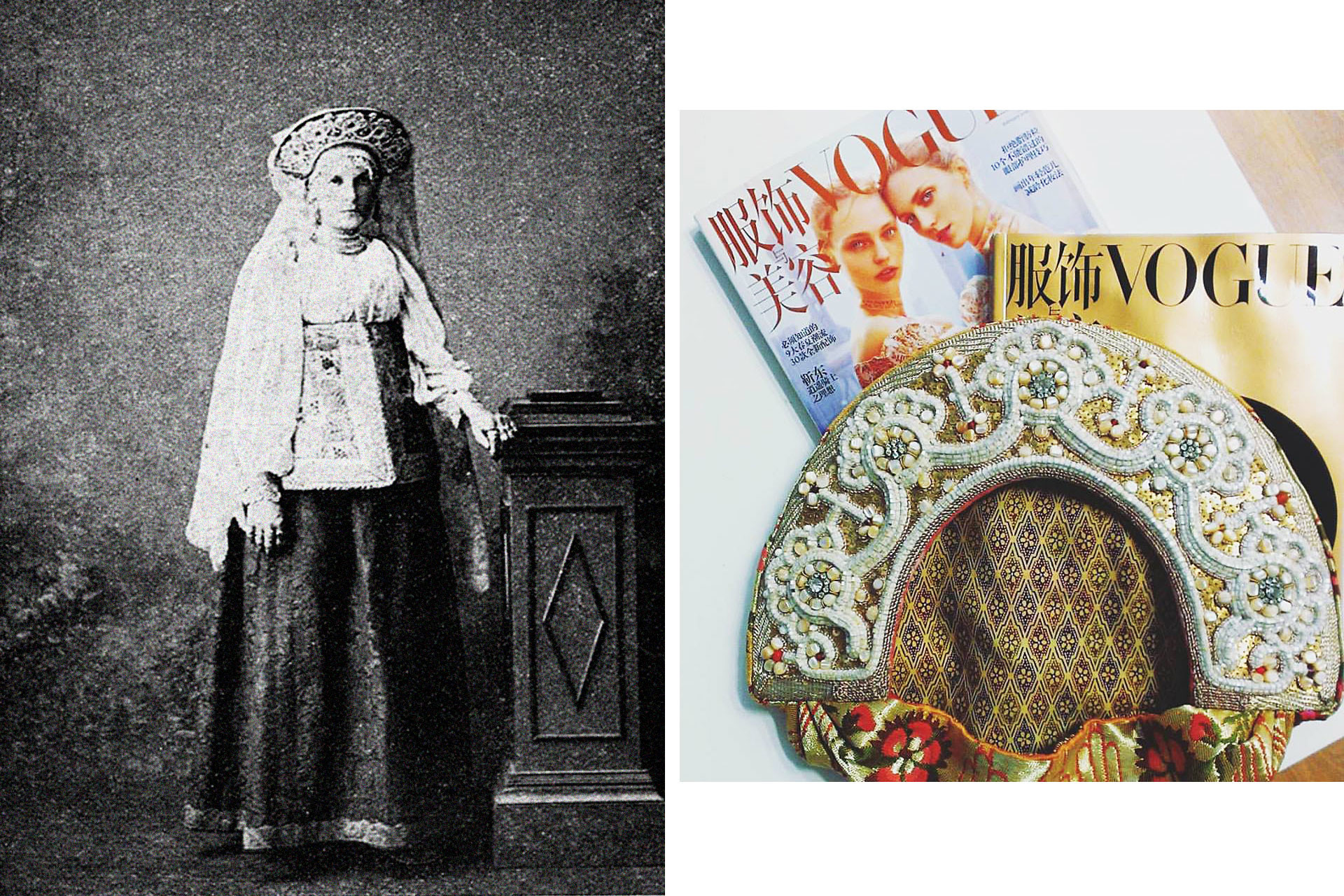
Read more: The secrets of the Russian matryoshka
If using any of Russia Beyond's content, partly or in full, always provide an active hyperlink to the original material.
Subscribe
to our newsletter!
Get the week's best stories straight to your inbox